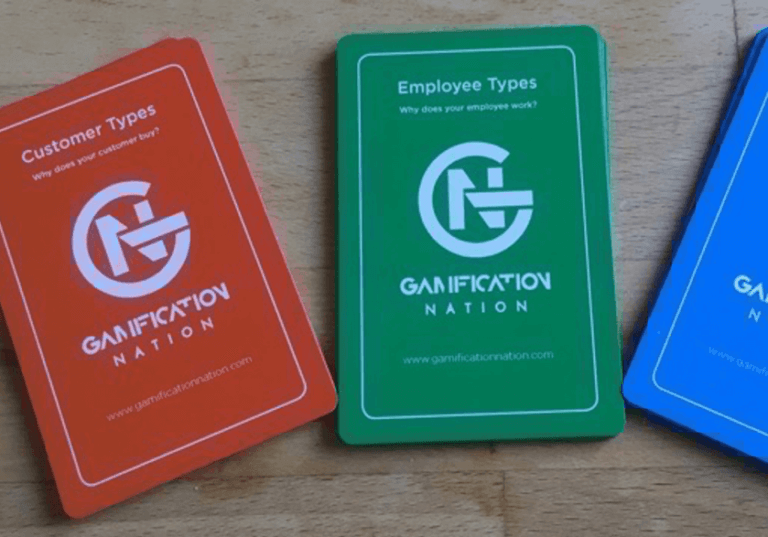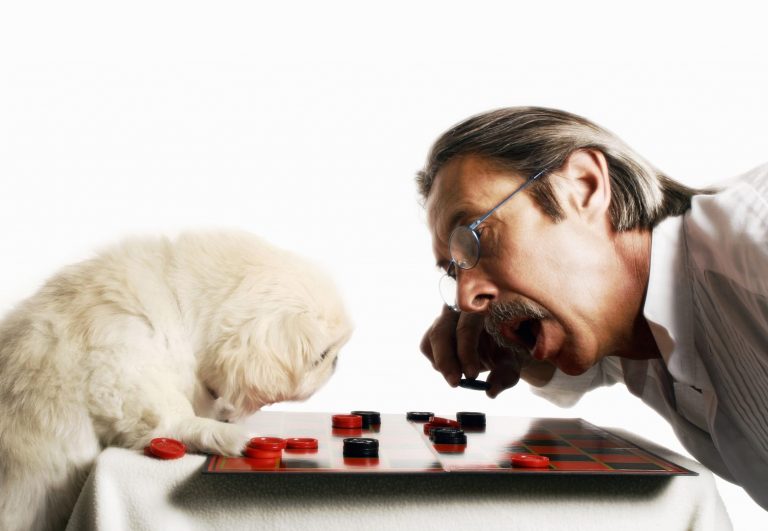Feminine Gamification Viewpoint: Gender design preferences
When women and men design they will naturally go for a number of different elements:
| Males | Females | |
| Type of objects | Self-propelling objects (ships, cars, planes, rockets) | Static objects (plants, flowers, furniture, landscape) |
| Message | Printed word | Not printed word |
| Typography | Standard typography | Decorated typography |
| Main actor | Males | Females |
| Type of image | Caricature | Photograph |
| Human form | Profile | Frontal and smiling |
| Background | Skyscrapers and towers | Houses, windows, and roomsn |
| Themes | Violence / Technology | Daily life |
The reason for this can be found in neuro-scientific research, where test of being shown ads resulted in subtle differences in perception between the genders. Men recognise fewer claims and prefer simple advertisements with no more than one or two features. This is because they have item-specific processing skills, which lead them to extract the core of the ad and neglect the rest.
Women, on the the other hand, are comprehensive processors who attempt to assimilate all available information before rendering judgment. In this way, they prefer complex ads containing rich and detailed information on multiple features. Women also have a greater affinity for purely verbal information, whereas men benefit from visual reinforcement.
A greater proportion of men than women are colourblind, which means they only have two cones for perceiving pigments in their eyes as opposed to three which is the norm. A larger proportion of women have four cones, which allows them to perceive hundreds of millions of color pigments, a hundred times more than most men can perceive.
Biology can also explain preferences for certain colours over others. Men and women have different cortical responses to the stimulation of blue and red light wavelengths: women are more sensitive than men to the long-wave spectrum of light that detects red. This means that women were found to have a significant memory advantage for the purple-pink range of colours. Interesting that my preference for pink and purple may well find it’s origins in my brain’s ability to see colours
The most robust and persistent biological difference between sexes, however, lies in visio-spatial abilities. A meta-analysis of 300 studies on visio-spatial differences concluded that sex differences in spatial abilities favoring males are highly significant; on average, males outperform females in mental rotation and spatial perception.
So the fact that men like more high speed moving objects in games can well be linked to their better ability to deal with them and that women may well be attracted to less movement and more static type games such as puzzles and also the aseptically colourful varieties such as Candy Crush where the colours are indeed very appealing and often pink.
So from a gamification design perspective it is important to keep these differences in mind when we are designing tools that appeal to both genders.
I am curious: What is your favourite game and why? What do you find most important in a game is it movement or colour?





